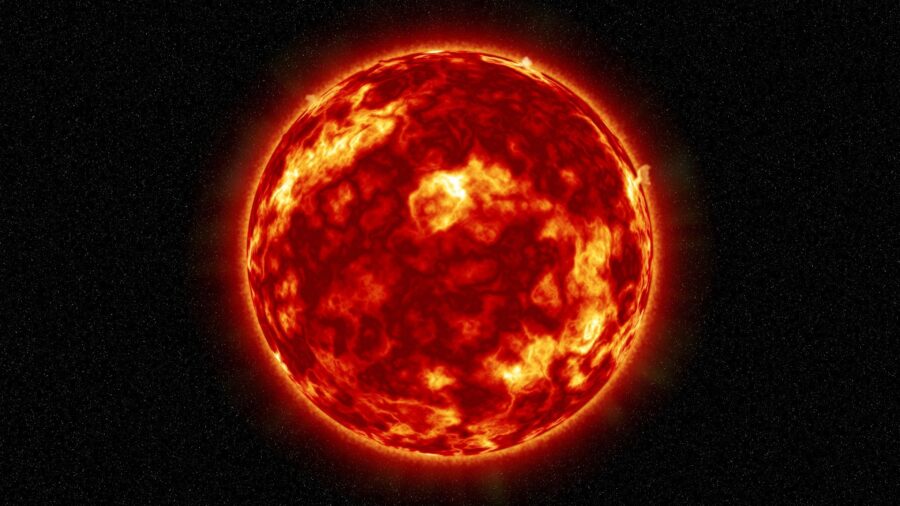Three Terrifying Signs Our Sun Is In Big Trouble

I think we would all agree that our Sun is pretty darn important. Critical even. That massive ball of fire in the heavens keeps us going down here on Earth. But there are some recent happenings which could point to some trouble happening in this helio realm. Let’s take a look.
The Sun Is Strangely Heating Up

Despite the sun being one of the most studied celestial entities, its behavior remains elusive and hard to predict. Recent anomalies in solar activity have taken scientists by surprise, as forecasts had pegged the sun’s peak of maximum activity, or “solar maximum,” for 2025.
However, current indications suggest it could occur as early as 2024. The unpredictability extends to the observation of sunspots and the subsequent events they may trigger.
As the sun enters this intense heating phase, an increase in solar flares and coronal mass ejections is expected, potentially offering beautiful atmospheric light shows but also posing risks to our technological infrastructure. These phenomena underscore the vast mysteries the cosmos still holds as we aim for interplanetary exploration.
It’s Shining A Totally Different Light

Scientists at Michigan State University have discovered an unexpectedly high number of super energetic gamma rays emanating from the sun, as reported by Futurism.
Using the High-Altitude Water Cherenkov Observatory in Mexico, equipped with 300 water tanks holding 200 metric tons of water each, they detected these gamma rays after they struck the Earth’s atmosphere and created “air showers.”
While the theory of the sun emitting gamma rays dates back to the 1990s, the team’s collection of data from 2015 to 2021 initially seemed erroneous due to the overwhelming brightness and amount of the rays.
Concurrently, the sun’s unpredictable behavior continues, with recent observations suggesting that it might reach its solar maximum, a peak in its 11-year activity cycle, in 2024 instead of the previously predicted 2025.
This heightened activity, along with the newfound knowledge about gamma rays, indicates that our understanding of the sun is ever-evolving, with potential impacts on Earth’s satellite communications and electrical grids.
Geomagnetic Storms Are Increasing

A recent article by Science Alert delves into the surge in the sun’s activity as it navigates its typical 11-year cycle. Traditionally, this cycle involves predictable increases and decreases in solar flare intensity.
However, scientists have noted an alarming uptick in the sun’s geomagnetic storms ahead of its anticipated peak activity in 2025. While this intensified solar activity often translates into stunning visual displays like the Aurora Borealis, it also presents potential hazards.
For instance, the elevated solar activity can disrupt radio frequencies and damage low-Earth orbit satellites (LEOs). A notable event underscoring this risk was the “Starlink destruction event” in February 2022, where 38 out of 49 SpaceX satellites sustained damage or were lost due to a solar event. This incident was an outlier, considering the previous success rate of Starlink launches.
While these solar events can impact satellite operations, their effects closer to Earth are typically limited, occasionally interfering with shortwave radio communications. The primary challenge lies in predicting the sun’s interactions with Earth’s magnetic fields, making it harder to anticipate these solar storms.
Despite the sun’s elevated activity, the immediate threat to Earth remains minimal, though satellite launches might need extra precautions.












